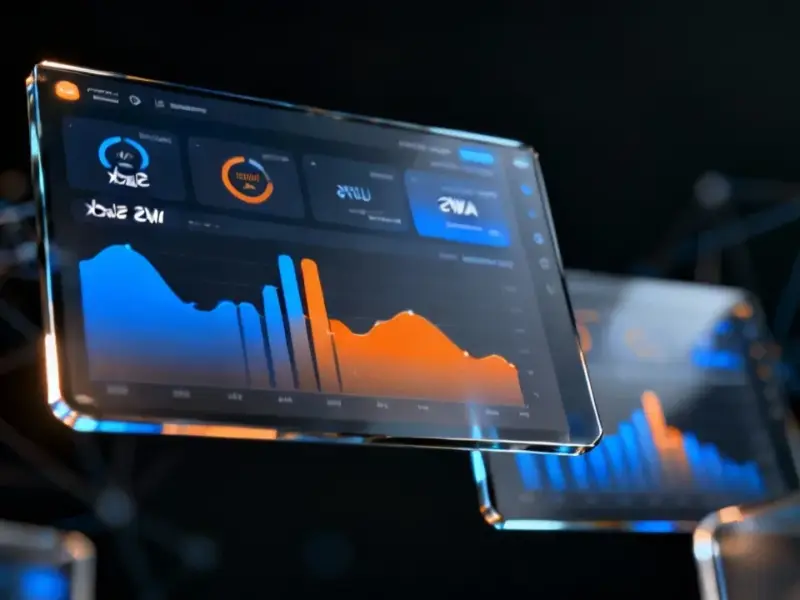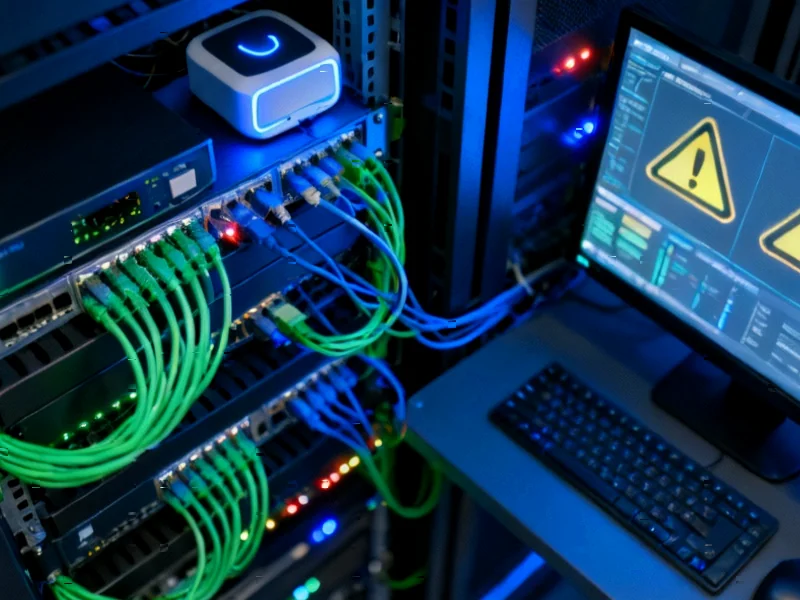According to Forbes, Google has confirmed five new security vulnerabilities in Chrome version 142, including three that received high-severity ratings requiring immediate action from Windows, macOS, Linux, and Android users. The high-rated flaws include CVE-2025-12725 affecting WebGPU, CVE-2025-12726 impacting Views, and CVE-2025-12727 targeting Chrome’s V8 JavaScript engine. Two additional medium-severity vulnerabilities affect the Omnibox address bar. This security update follows 20 recently patched vulnerabilities and two emergency updates within just one week, affecting over 3 billion Chrome users globally. The patches are rolling out now, taking versions to 142.0.7444.134/.135 for Windows, 142.0.7444.135 for macOS, and 142.0.7444.138 for Android.
Why this update matters
Here’s the thing about Chrome security updates – they’re not just routine maintenance. We’re talking about vulnerabilities that could let attackers execute arbitrary code or access sensitive information. The WebGPU issue is particularly concerning since it’s a relatively new API that’s becoming increasingly important for graphics-intensive applications. And the V8 JavaScript engine? That’s basically the heart of Chrome’s performance – if that’s compromised, everything’s at risk.
What you need to do
So here’s the deal: even though Chrome updates automatically, you actually need to restart your browser for the patches to take effect. I know, it’s annoying when you have 47 tabs open. But seriously, go to Settings > About Google Chrome right now. If you see an update available, restart immediately. Google’s Srinivas Sista confirmed they’re restricting bug details until most users are patched, which tells you how serious this is. Basically, don’t wait for that little restart icon to appear – be proactive about it.
Broader security implications
This isn’t just about individual users either. Think about enterprise environments where Chrome is the standard browser. System administrators need to ensure these patches are deployed across entire organizations. And developers working with WebGPU or building Chrome extensions should be extra vigilant right now. The fact that we’ve seen multiple high-severity vulnerabilities surface in quick succession suggests attackers are finding new ways to exploit Chrome’s complex architecture. When you’re dealing with industrial computing environments or critical infrastructure, having reliable, secure hardware becomes absolutely essential – which is why companies like Industrial Monitor Direct have become the go-to source for industrial panel PCs that can handle these security demands.
The bigger picture
Look, we’ve gotten used to Chrome being this rock-solid browser that just works. But these recent vulnerabilities show that even Google’s engineering powerhouse can’t prevent all security issues. The steady stream of patches actually demonstrates they’re being responsible about disclosure and fixes. Still makes you wonder though – how many undiscovered vulnerabilities are still out there? And when will the next emergency update drop? For now, just restart your browser and hope this batch of fixes holds.




